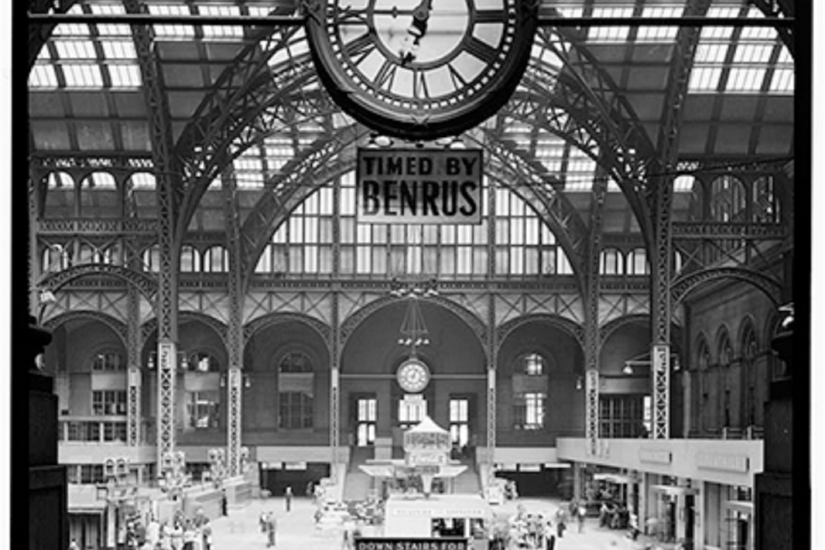Historic preservation is more than just saving old buildings from the bulldozer. Histories can be shared or silenced depending upon the preservation of places that represent a larger story. Historic preservationists have long used public broadcasting to make history tangible through buildings and landscapes across America. National programs, local news and magazine shows, radio call-ins, and interviews reveal the remarkable and ordinary places Americans have used to share stories about their communities. Looking at broad themes in historic preservation, this exhibit will explore the many ways Americans have created a dialogue through public media about these places that embody local and national histories.
An Introduction to Historic Preservation
The destruction of New York's Penn Station in 1963 is often cited as the catalyst for the contemporary architectural preservation movement in America. The station’s demolition revealed consequences of postwar development and helped to popularize historic preservation in American cities.1 Yet Penn Station is only one anecdote in a the long history of historic preservation in the United States. Historic preservationists work to protect the natural, cultural, or built landscape. They work at local, state, and federal levels. They work to preserve places with important physical structures or natural resources, as well as places that reflect the ideas, values, or politics of a particular location. Preservationists and anti-preservationists alike have used public media as a forum that allows for discussion of the ideas, values, or politics embedded in the construction of our landscape. As a result, the American Archive of Public Broadcasting is a rich resource for understanding how Americans have viewed their environments over time, and how they have sought to keep or change the places they live and play, work and worship.
